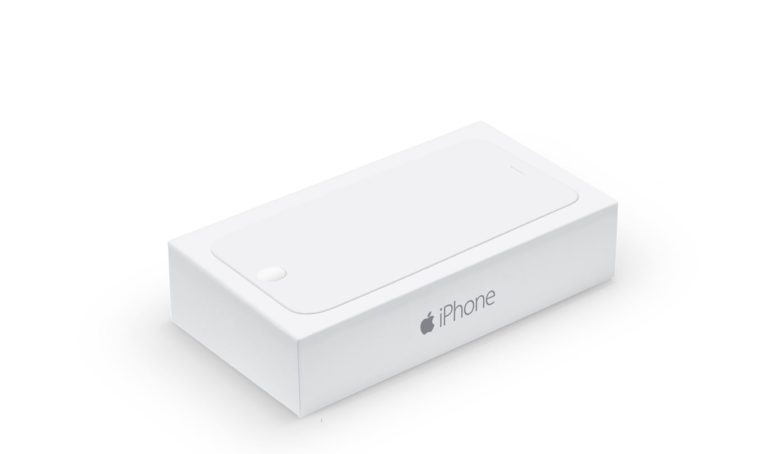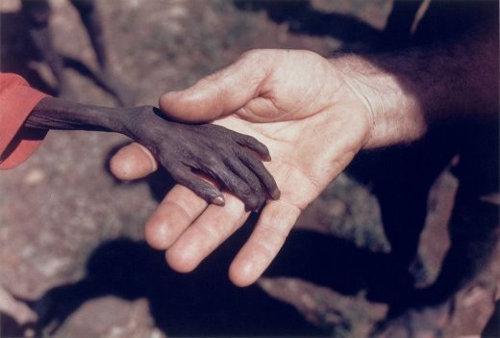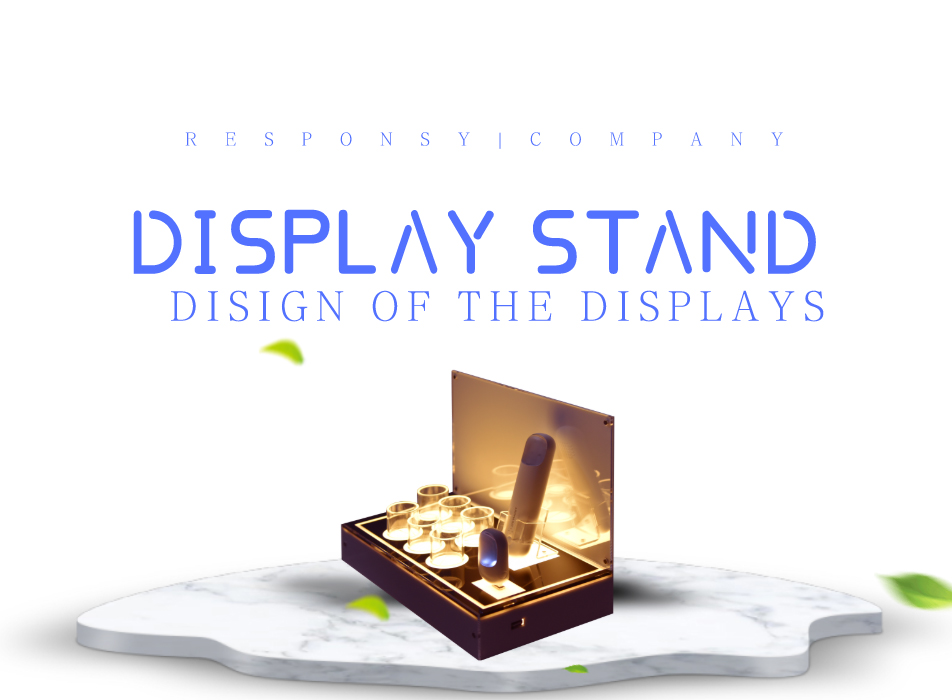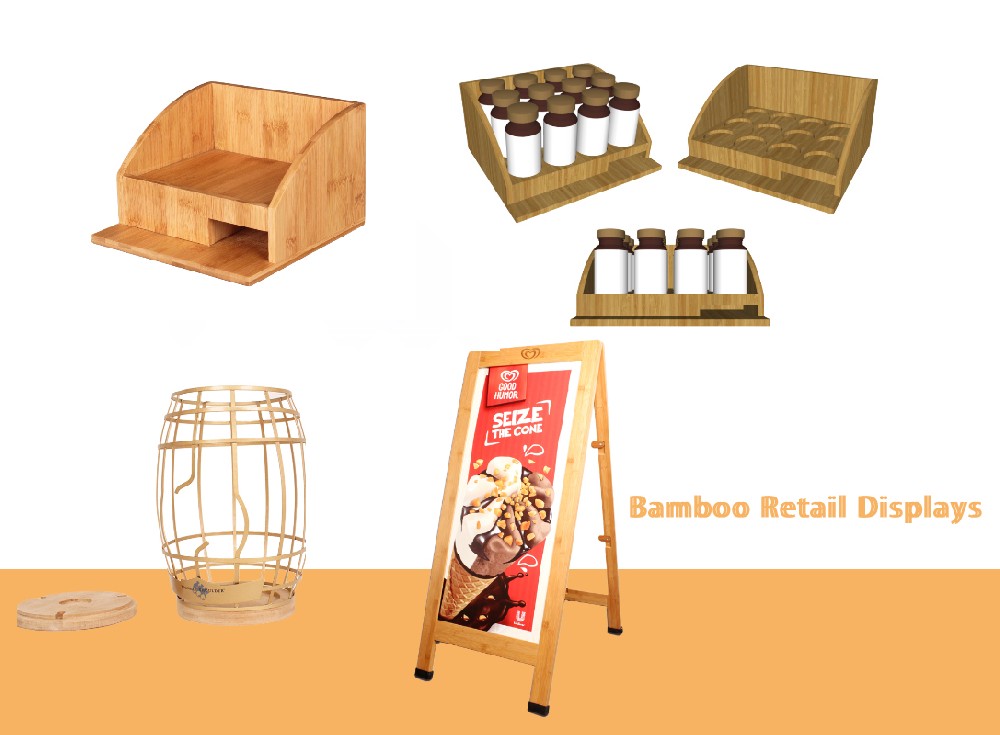3 Ways to Create Emotional Connection Through Retail POP Displays
Most of us believe that the decisions we make are based on a rational analysis of available alternatives. However, reality would suggest otherwise. In fact, in most cases emotions play a hugely important role in our decision making. When it comes to consumer behavior, our feelings and experiences are the primary drivers of purchasing decisions rather than information such as product attributes, features, and facts. In today’s post, we’ll discuss 3 important ways in which you can create retail POP displays that establish an emotional connection with customers.
Utilize the Power of Words– Words are incredibly powerful.
Think about the emotional response you can create in others with a few simple words like “I love you”, “I hate you”, “You are amazing.” As in life, when creating a retail POP display choose your words carefully. Think about the emotional response you want to create in your customer to trigger the feelings and experiences that can connect them to your brand and make them want to buy your product.
There’s a video on Youtube that does an excellent job of illustrating the power of words. The video shows a blind man sitting on the sidewalk of a busy city street. Next to him are a tin cup and a cardboard sign that reads “I’m blind. Please help.” Occasionally someone passing by drops a few coins into his cup.

Purchasing decisions are based on emotions, not rational analysis. Discover how to create emotional connection with customers through retail POP displays.
The video then shows a young woman who walks past the blind man and then turns around and kneels down before him. She grabs his sign, flips it over, and writes the words “It’s a beautiful day and I can’t see it.”

Suddenly, many of the people passing by begin dropping coins in the man’s cup. What a difference the right words make. The man’s original message failed to connect emotionally with people walking by because they had become desensitized to these typical types of panhandler pleas. In contrast, the new message not only got people to think about the positive emotions associated with a beautiful day, but more importantly, it created empathy as they began to imagine what it would be like not to be able to see the beauty of the day.
Minimize the Message– In addition to carefully choosing words that connect with your customer emotionally, keep your message to a minimum.
One of the biggest mistakes we see customers make is trying to communicate too much information in their messaging. This tendency is understandable since typically the authors of the message are the ones who are closest to the product, are proud of all of the features and benefits of the product, and feel compelled to share them with customers. But as we have already discussed, customers don’t connect emotionally with a long list of features and benefits so it is better to focus on a single idea that represents the essence of the product and how it can solve a problem for customers or improve their lives.
To illustrate, consider the Dermasport skincare display we made below. Had we been able to influence the customer’s choice of artwork, we would have recommended something more effective than including 3 taglines and 10 bullet points. Consumers generally don’t read, and there is no way they would retain the information on the Dermasport header sign.

Another example is the hat display we made for Official kids. We thought only use a logo on the top was fairly clever for a cause marketing hat brand, but the text-heavy messaging on the hat shelf is simply not going to connect with a shopper irrespective of how compelling their story is.

The king of minimalist messaging is Apple. A picture of Apples’s iPhone 6 is shown below. You’ll notice there are not a lot of features and benefits listed on the packaging, but it’s Apple so enough said.

Tell a Story– Perhaps the best way to connect emotionally with a customer is to tell a story.
Stories bring to the human heart what facts and figures can never achieve. Not only are stories a great way to make your product relatable, but customers tend to remember stories far more easily than product attributes or a list of benefits. A fantastic example of storytelling is the Charity Water story as told by founder Scott Harrison. It’s a little long, but very instructive as far as storytelling goes.
The challenge with retail POP displays is it is not possible to utilize a long-format video to tell a story. Generally, you have less than 5 seconds to capture a shopper’s attention. We talked about how that can be done with the proper choice of words and minimalistic messaging. Another really effective way to quickly connect emotionally with customers is through images. The right images can generate a powerful emotional response and go a long way in telling your story.
There is a story in each of the images shown below. As you review each of them, take note of the emotional connection they make with you. What do you feel?

The first picture is of a starving boy and a missionary in Uganda.

The next picture expresses the anguish of a soldier.

Images don’t have to include people to create an emotional connection. Our last picture is of a sewing machine after a cyclone devastated Bangladesh. Like the images above, the picture below very quickly tells a powerful story, a story of destruction and ruin.
As you embark on your next retail POP display project, think about how you can connect with your customer emotionally through the power of words, minimalistic messaging, and the right images to tell your story.



